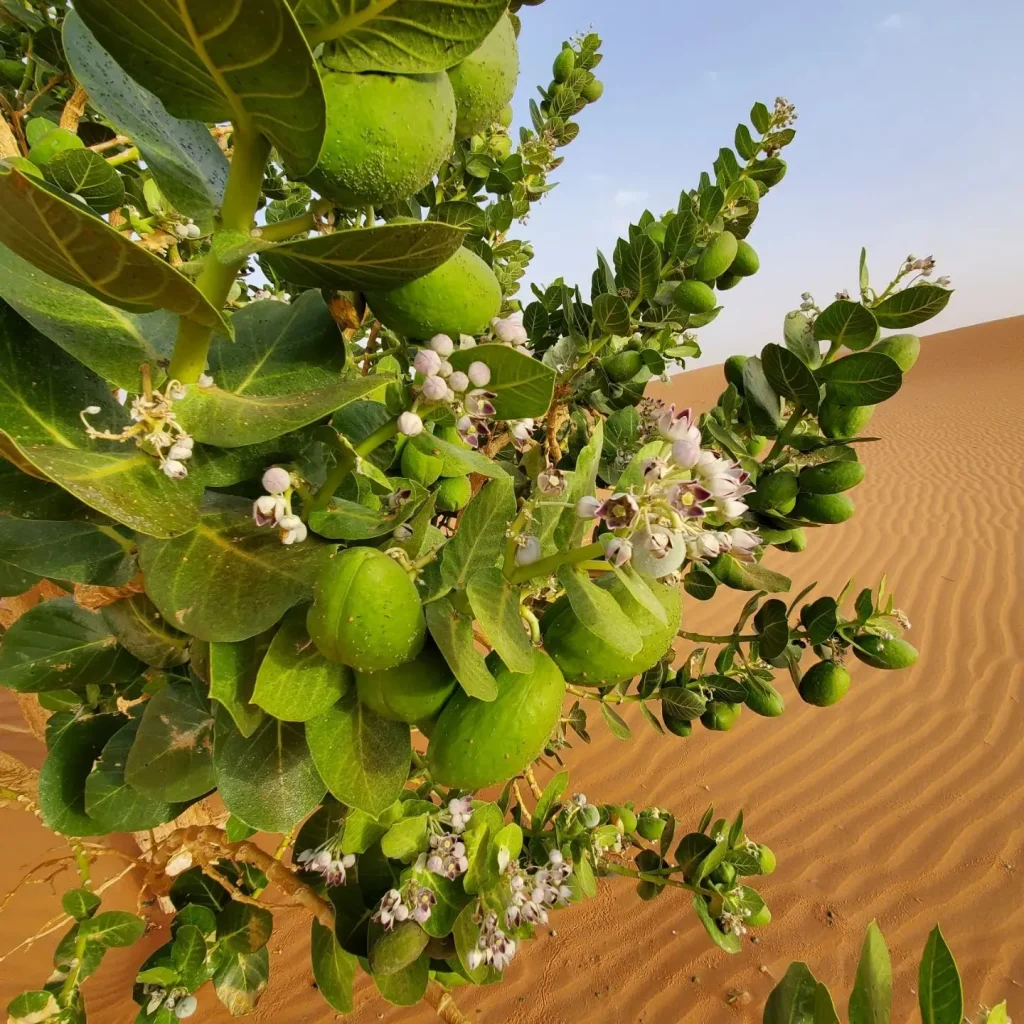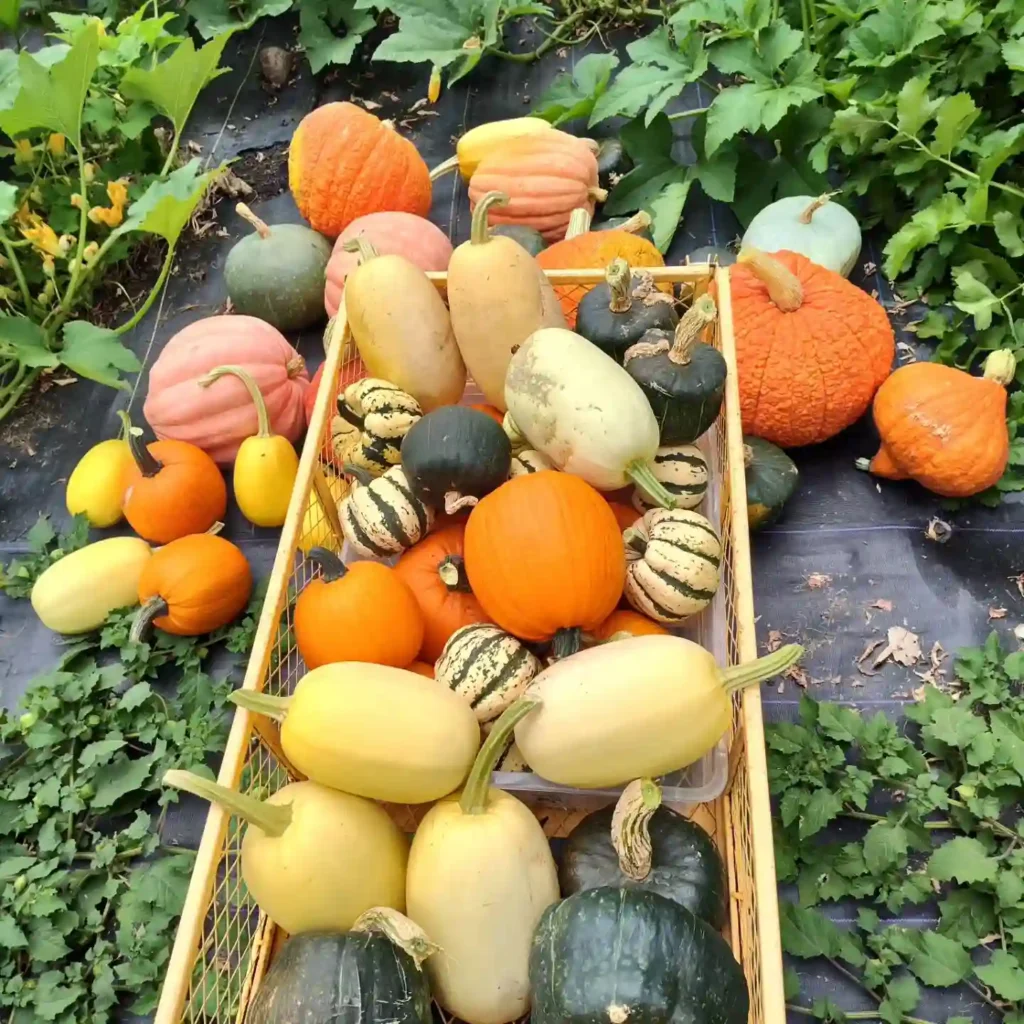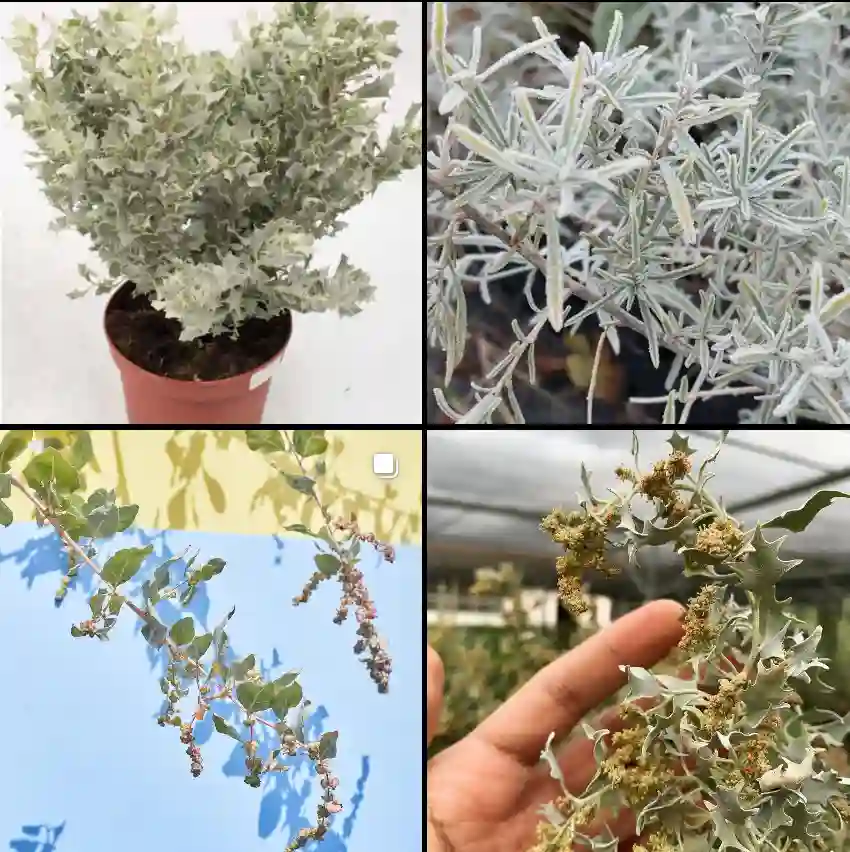What is Nepenthes Mirabilis?
The Nepenthes mirabilis, a name that rolls off the tongue with a hint of the exotic, first captivated me with its otherworldly appearance. These aren’t your typical leafy greens. Imagine a vine, snaking its way through the understory, adorned with mesmerizing pitchers – modified leaves that resemble colorful, bulbous drinking vessels. Curiosity, a relentless itch I can’t ignore, propelled me to delve deeper into the world of this captivating carnivore.
Plant Family: Nepenthaceae – 207 Species in Genus Nepenthes
Is Nepenthes Mirabilis a Tree?
Not by a long shot! Despite its climbing nature, the Nepenthes mirabilis isn’t a tree. It belongs to the Nepenthaceae family, distinguished by its unique pitcher traps. Trees are woody plants with a single main stem, while the Nepenthes mirabilis is a vine, lacking a central trunk and instead sprawling or climbing with the help of tendrils.
What is the Habit of Nepenthes Mirabilis?
This beauty thrives in the tropical lowlands, specifically in Southeast Asia and Australia. It prefers a humid environment, often found clinging to trees or scrambling across the forest floor. The term “habit” in botany refers to a plant’s overall growth form and ecological preferences. So, the Nepenthes mirabilis is a lowland, climbing vine.
A Master of Deception: The Allure and Peril of the Pitcher
The most captivating aspect of the Nepenthes mirabilis is undoubtedly its namesake – the pitchers. These ingenious traps come in various shapes and sizes, often adorned with vibrant colors that range from red and green to purple and even black. But their beauty masks a deadly secret. The Nepenthes mirabilis is a carnivorous plant, luring unsuspecting prey with a combination of visual appeal and fragrant nectar. Once an insect or small creature ventures inside, a slippery rim and downward-pointing hairs prevent escape. Digestive fluids at the pitcher’s base then break down the unfortunate victim, providing the plant with vital nutrients.
How to care for Nepenthes Mirabilis?
Owning a Nepenthes mirabilis is akin to welcoming a fascinating, albeit slightly macabre, guest into your home. To keep this unique plant thriving, here are some key care considerations:
- Light: Mimic its natural habitat by providing bright, indirect sunlight. Avoid harsh afternoon sun that can scorch the leaves.
- Temperature and Humidity: Aim for warm temperatures between 68-86°F (20-30°C) and high humidity levels (70% or above). Consider using a humidifier or placing your Nepenthes mirabilis on a pebble tray filled with water.
- Water: Use distilled or rainwater whenever possible, as tap water can contain minerals that harm the plant. Keep the soil consistently moist but not soggy.
- Soil: A well-draining, slightly acidic potting mix specifically formulated for carnivorous plants is ideal.
- Feeding: While the Nepenthes mirabilis gets some nutrients from its prey, occasional feeding with bloodworms or fish flakes can be beneficial. However, avoid overfeeding, as this can lead to pitcher rot.
Propagating the Pitcher Plant: A Skill for the Patient Gardener
Propagating the Nepenthes mirabilis requires a touch of patience and the right technique. Here are two common methods:
- Stem Cuttings: Take a healthy stem cutting with at least a few nodes and leaves. Plant it in a suitable potting mix and maintain high humidity. Rooting can take several weeks.
- Leaf Pullings: Carefully pull off a lower leaf with a section of the stem still attached. Plant this in a similar manner as stem cuttings.
Nepenthes Mirabilis: A Conversation Starter in Your Garden
The Nepenthes mirabilis isn’t your average houseplant. Its unique appearance and carnivorous nature are sure to spark curiosity among visitors. Consider pairing it with other humidity-loving plants like ferns or bromeliads to create a miniature tropical paradise.
The Allure of the Mirabilis Endures
The Nepenthes mirabilis continues to hold me in thrall. It’s a testament to the wonders of plant evolution, a captivating carnivore that thrives in its own peculiar way. So, if you’re looking for a conversation starter for your home and enjoy a touch of the unusual, consider welcoming this captivating wonder of the plant world into your life.
If i die, water my plants!



